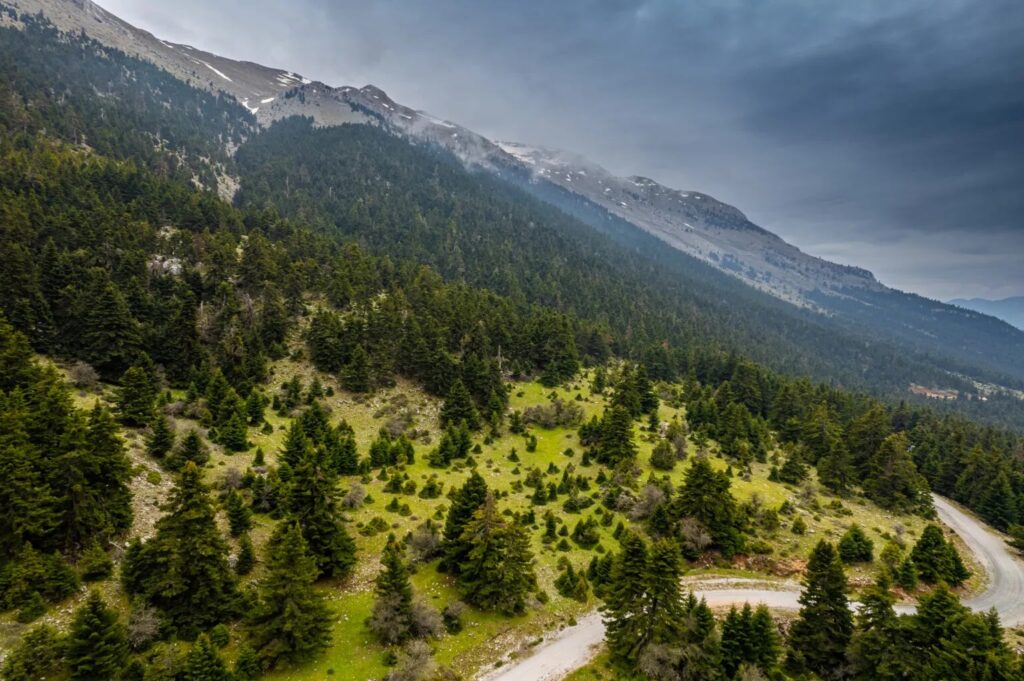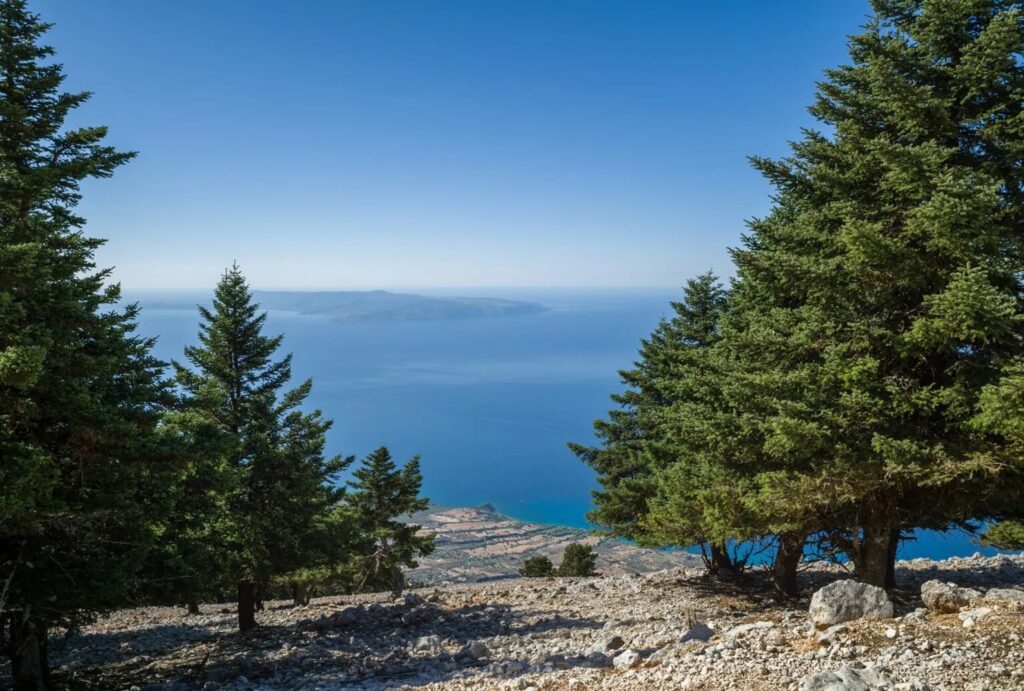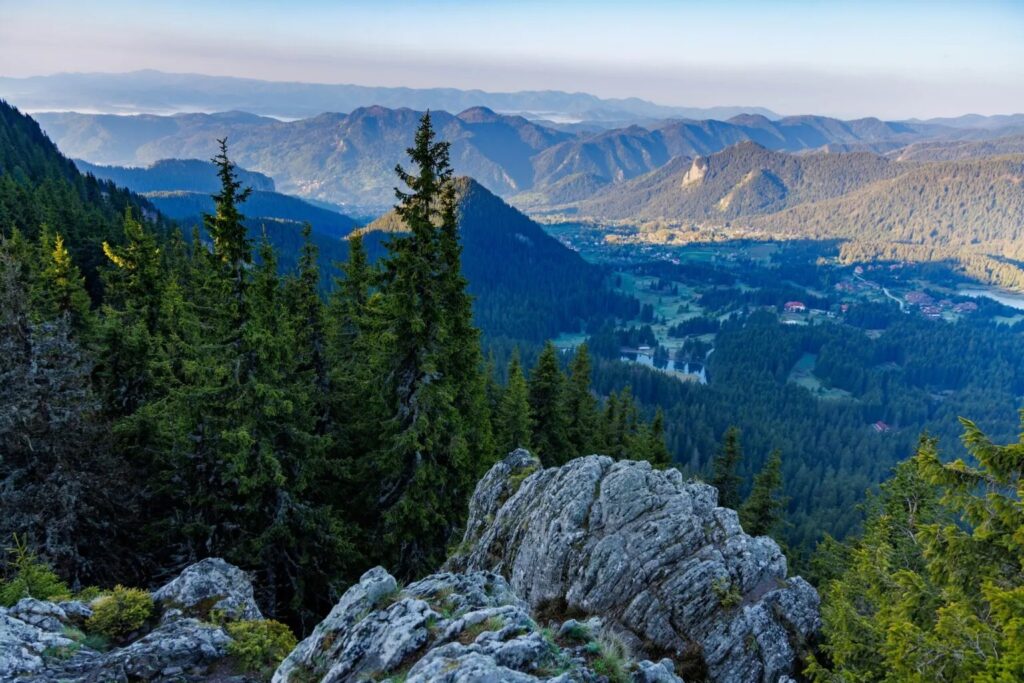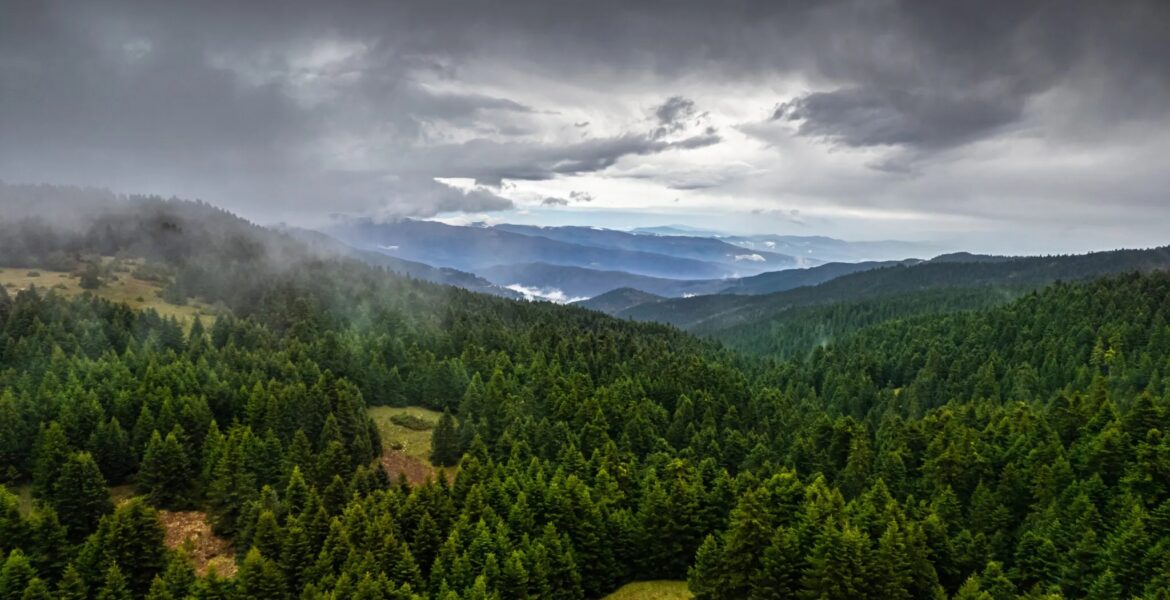In most of our living rooms, the Christmas tree dominates (in its natural or artificial version) over the festive period, and sometimes even over the entirety of winter.
Which parts of Greece grow the most beautiful fir trees that will forever remind us of the arrival of Santa Claus, the comfort and warmth of the Christmas holidays?
The fir tree is, if nothing else, a unique symbol of joy but also of melancholy - when it is decorated or, even, when it is thrown in the middle of January by the side of the road, as in Andersen's fairy tales.
In Greece, we decorated (and still decorate) the boat, especially on the islands.
Greek traders and travellers carried the custom of decorating the fir tree to northern Europe. From there, it returned to our country as a decorated fir tree by the Bavarian administrative officials Otto brought.
The first modern Christmas tree was decorated in 1833 by King Otho in the palace of Nafplion, and when he moved the capital to Athens, the decorated fir was set up in the Field of Ares, and the Athenians queued up to see it.
After Epiphany that year, the municipal authority went to collect it, but the people asked that it remain in place to enjoy it some more, with the result that the first Christmas tree was kept decorated for the whole month of January.


But where do fir trees grow?
In the Greek mountains, according to foresters, there are four species of fir: the cephalonian fir (Abies cephalonica), the hybrid fir (Abies borisii regis), the white fir (Abies alba) and the spruce (Picea abies).
The cephalonian fir is one of the endemic forest species of Greece. Scientists on the Ainos mountain in Kefalonia discovered the fir virgin forest.
Dense forests grow at a height of 600 to 1800 metres in the mountains of Central Greece, Peloponnese, Epirus and Macedonia. It can reach up to 40 metres and withstand weeks without water, even in hot weather.
Its wood is mainly used in furniture making, boat building, house construction and firewood, while its resin has various medicinal applications.

The white fir is distinguished by its light-coloured and relatively smooth bark. It is found mainly in Epirus, Northern Thessaly, Macedonia and the border mountain ranges of Thrace.
Hybrid fir, also known as Macedonian fir, is considered a hybrid that comes from a mixture of white and cephalonian fir. Its forests spread in clumps in Central Greece and reach the northernmost mountains of Macedonia and the Balkan Peninsula.
Spruce (Norway fir) is a prevalent forest species in Central and Northern Europe and the tallest fir, which can reach a height of 80 metres. In Greece, it is found mainly in the Rhodope mountain range, which is considered the southernmost point of its appearance on the European continent.

Did you know that forests occupy at least 25% of the total area of Greece? Of this percentage, 15% are fir forests. The southernmost point of spread of the beautiful fir is in Taygetos.
In Central Greece, the mountainous Nafpaktia and the large mountains of Oiti, Giona, Parnassos, and Vardousia are forested mainly by cephalonian fir. In the northern part of Evia, there are fir forests, which descend to a reasonably low altitude in some places in the east.
The three varieties of firs (except the spruce) are located in the imposing mountain range of Agrafa, and the effect of nature is almost artistic, reminiscent of a perfect winter postcard.

In the fir forests of Macedonia, there is a mixture of beech forests, forest, and black pine. The border mountains of Eastern Macedonia, Thrace and the Greek part of the Rhodope mountain range are the unique places in the country where the local varieties meet the Norwegian fir or spruce. Especially in the forest complex of Fraktos Drama, the forest topography escapes the geographical limits of the Mediterranean, referring quite a lot to the forest ecosystems of Central and Northern Europe.
The fir and general conifer forests, in addition to protecting the soil from erosion, create a cool microclimate that benefits the entire adjacent area. Without these precious forests, large areas of mountainous Greece which today are known for their abundant water, rich fauna and cool climate, will suffer irreparable damage.
It is a fact that if the fir trees are lost, conditions of heat, drought, and intense lighting of the ground will prevail, and the corrosive phenomena will intensify. The truth is that it is rare and difficult to start a fire in a fir forest.
However, if the weather conditions are suitable, the fire starts from a pine forest that is located lower and passes into the fir forest; then, due to the steep terrain of the high altitudes, it is very difficult to control.
Trees, forests, and nature are our life. And especially firs, the favourite trees of young and old, allow us to have a weakness. On our next excursion, let's smell them, admire them, and feel gratitude that they exist around us.
READ MORE: Kozani, why the crossroads city of northern Greece should be your travel priority in 2024.


